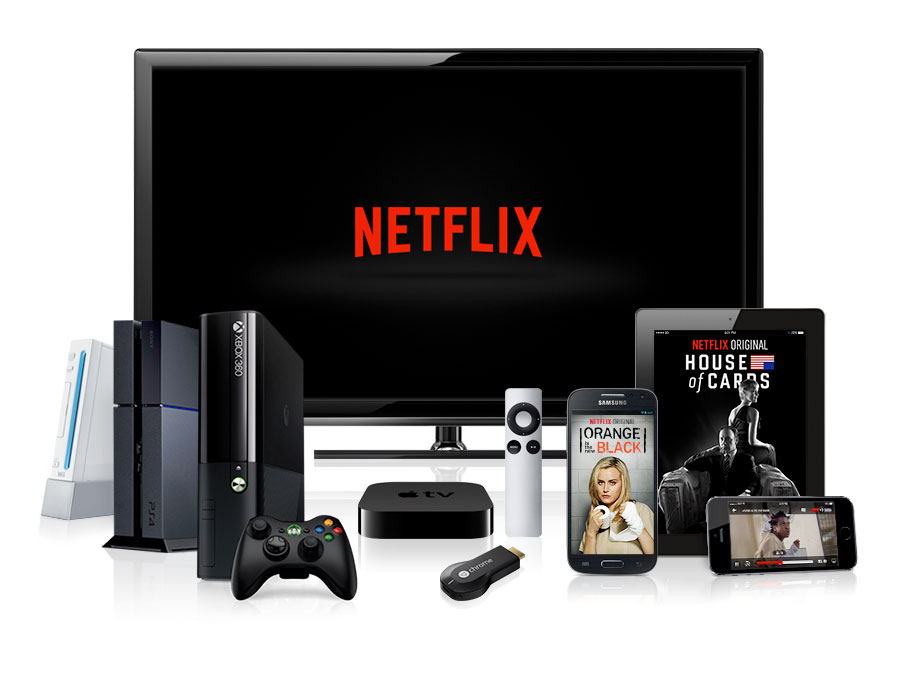 As Netflix rapidly expands across Europe, the company will see its international subscriptions jump from one-tenth to one-fifth of total subscriptions, according to new analysis from IHS.
As Netflix rapidly expands across Europe, the company will see its international subscriptions jump from one-tenth to one-fifth of total subscriptions, according to new analysis from IHS.
“Over the next four years, growth rates will accelerate,” said the report’s author, Richard Broughton, director of broadband analysis at IHS Technology.
By the end of 2014, Netflix will launch in Belgium, France, Luxembourg, Austria, Switzerland and Germany, adding five to six million new subscribers.
“Between the expansion of Netflix and its growing popularity in markets such as the UK, Ireland, Netherlands and Scandinavia, we anticipate that the company will add a total of eight million new subscribers to its European tally by the end of 2018,” Broughton said.
IHS Technology has seen a large global shift towards online subscription services. Standalone subscription services such as Netflix are expected to average 18 percent annual growth over the next five years. The Netflix rollout will propel Western Europe’s online subscription market to an anticipated 35 percent average annual growth over the same period.
Germany is the second largest online video market in Europe, behind the UK. The report states that the market presents not only huge opportunities but also tough obstacles.
Amazon, Vivendi and Sky Deutschland are established competitors in the subscription field and German consumers are relatively low-spenders compared to their UK and North American counterparts. However, Netflix has seen success in Scandinavia, which also featured high cable TV penetration and online competition, so making ground is possible.
Content acquisition and cost of streaming form the bulk of direct costs for Netflix. Internationally, cost of revenue for Netflix (of which the key components are content acquisition and streaming costs) reached $267 million in Q2 2014, $6.71 on average per month for each paid and free subscriber.
IHS expects significant additional costs to be incurred from the six new markets. Netflix’s costs increased by approximately $30 million to $35 million over background cost growth in the quarter in which it launched in the UK and Ireland, expanding to as much as $80 million per quarter by the end of Q1 2014, by IHS estimates.
“Individually, the new markets have a lower-potential than the UK, in subscriber terms. But in aggregate, due to their sheer combined size, we are likely to see another $80 million to $90 million in international costs in the first quarter post-launch. This addition will represent an increase of roughly one-third over the cost of the entire region,” Broughton said.
Content is the keystone of Netflix’s business, but part of the company’s success to date can be attributed to extensive marketing – particularly around its original show brands such as House of Cards and Orange is the New Black. Marketing spend internationally hit its to-date zenith in Q4 2013, when it reached a quarterly peak of more than $57 million, dipping only marginally in Q1 2014.
“Taking the likely churn rate into account, this cost is paid off in a little over half a year of a paid streaming subscription,” Broughton said. ”Furthermore, global peak search volumes for the latest season of Orange is the New Black were roughly four times higher than those for the first season, with a similar uplift for the second season of House of Cards.”